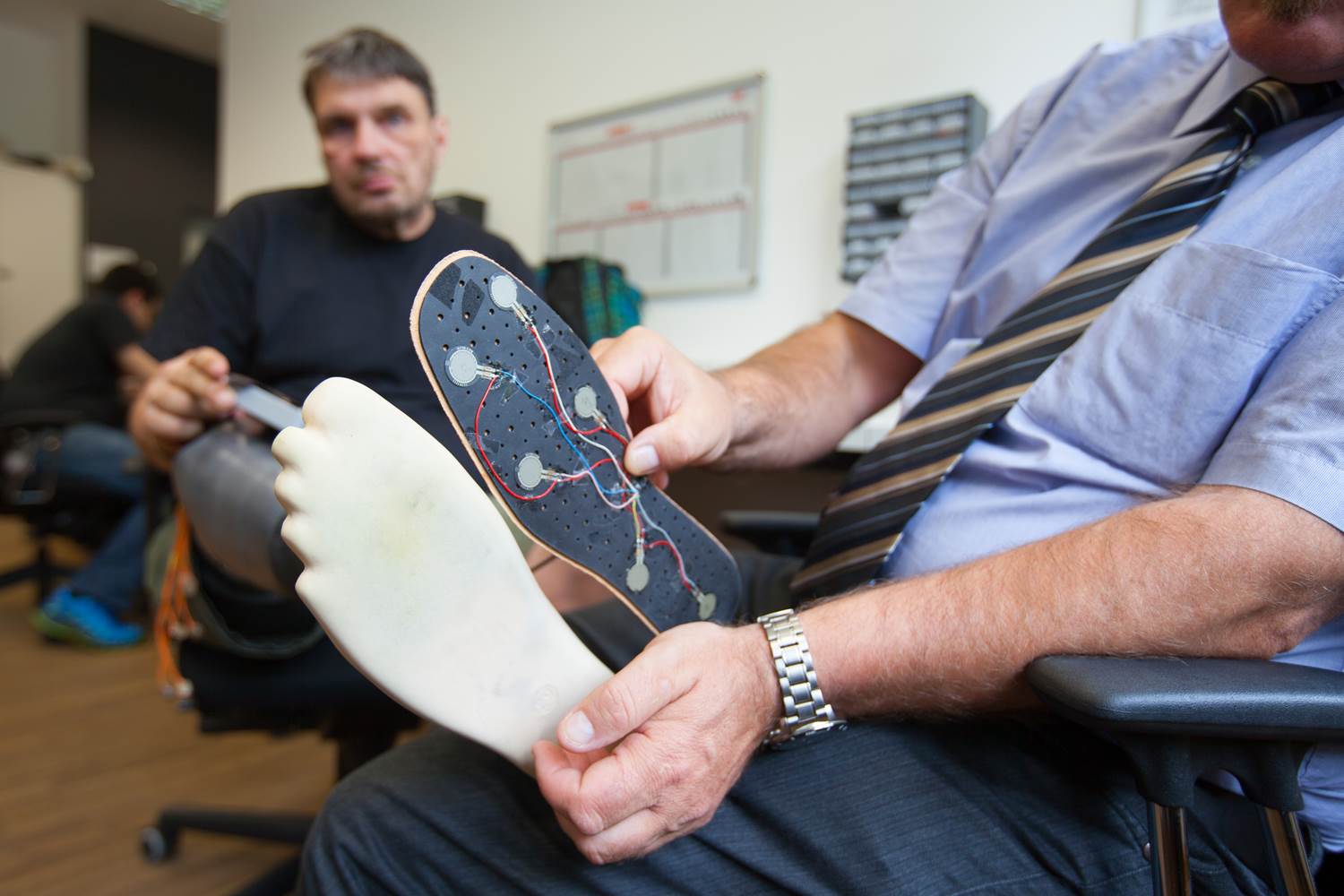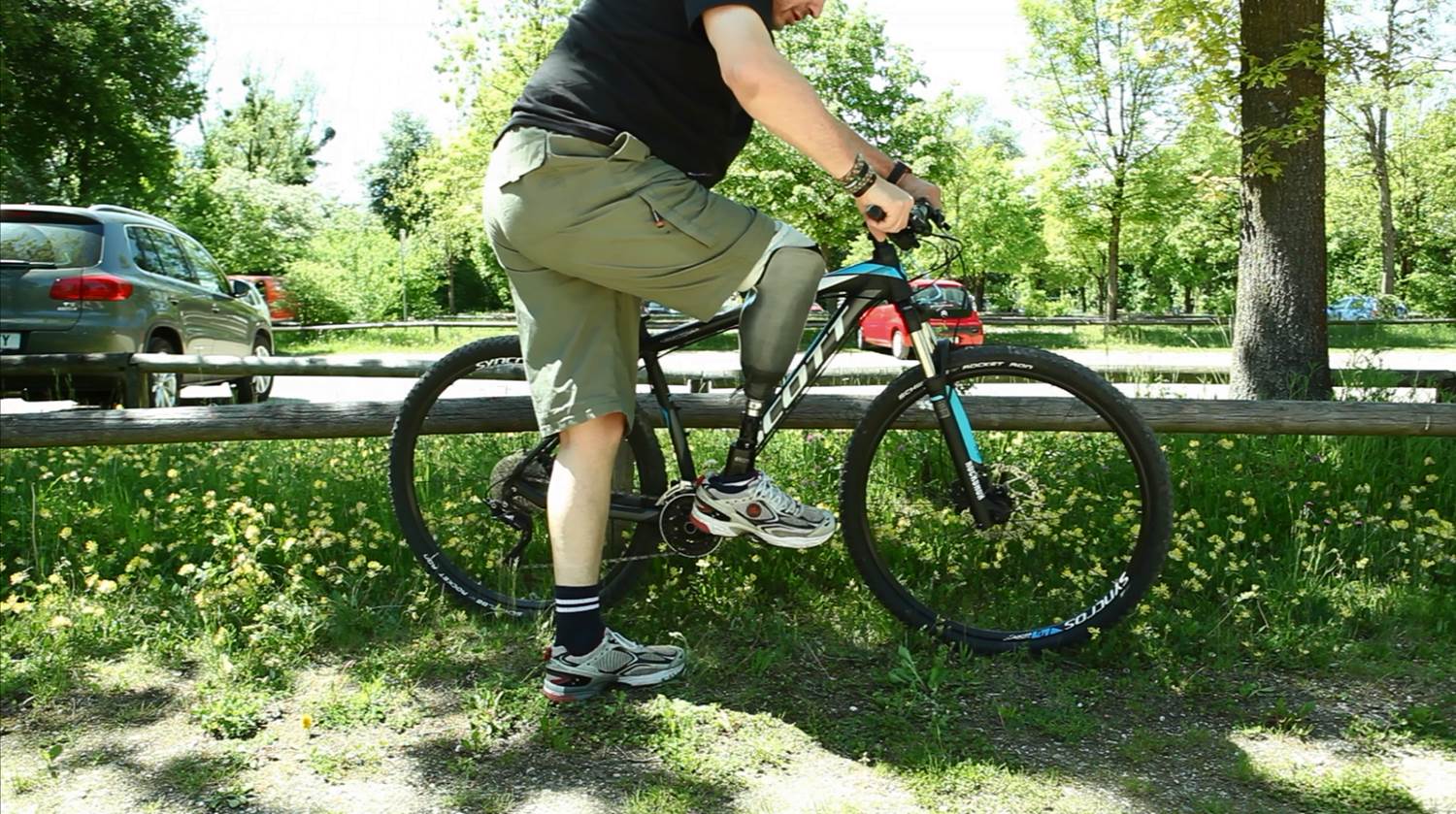
The limb, developed by Professor Hubert Egger of the FH Upper Austria (University of Applied Sciences), allows wearers to tell which surface they are walking on and dramatically improves amputee's balance and coordination.
The development could wipe out the phenomenon of phantom pain, where amputees can experience severe discomfort as the brain receives no neural feedback from their missing limb.
A two-stage process was used to fit the limb to its first user, Austrian amputee Wolfgang Rangger, who lost his right leg to a blood clot and has been testing the limb for the past six months.
AFP reported that surgeons first rewired working nerve endings from Rangger's stump to healthy thigh tissue close to the surface of the skin. These nerves were then connected via stimulators in the prosthesis shaft to a foot which was equipped with six sensors.
Since being fitted with the limb, Rangger reported a complete absence of phantom pain, which he said had been limiting him to two hours sleep per night before the operation.
It also improved safety in motion and functioned much more similarly to how his original limb had worked than other prosthetics. Rangger is able to run, cycle and climb with minimal obstruction caused by the limb, and says he can now tell whether he is walking on concrete, gravel, sand or grass.

Egger, a renowned expert in prosthetics, was also behind the development of a mind-controlled artificial arm in 2010, which wearers controlled using the motor neurons previously connected to the amputated limb.
Technological advances mean that amputation is increasingly becoming a solvable problem in healthcare. Last month, an Icelandic company said they had built the first mind-controlled bionic legs, which had been tested by two wearers over the course of a year. A researcher at Massachusetts General Hospital recently grew a rat's forelimb in a petri dish which has beenhailed as a potential first step towards growing biolimbs as replacements for amputees.
At present, however, these kind of treatments for amputees can be prohibitively expensive. Prosthetic limbs can cost up to $50,000 (€45,000) and most will need to be replaced after a maximum of five years use, meaning that patients could face considerable costs over their lifetime.



Reader Comments
to our Newsletter